When winemakers wax poetic about the places that turned them on to grapes, they often cite regions in France. African coffees, like a perfumed Charmes-Chambertin from Burgundy or a haunting Chenin Blanc from Savennières in the Loire Valley, have the same indelible sway over coffee pros. Indeed, Africa may be the most exciting coffee-producing continent in the world, boasting incredible variety, history, and high quality. Although nearly a dozen African countries produce coffee, accounting for 12 percent of global production, most is bulk supply. Specialty-grade coffee, the focus here, is concentrated in East Africa.
Ethiopia
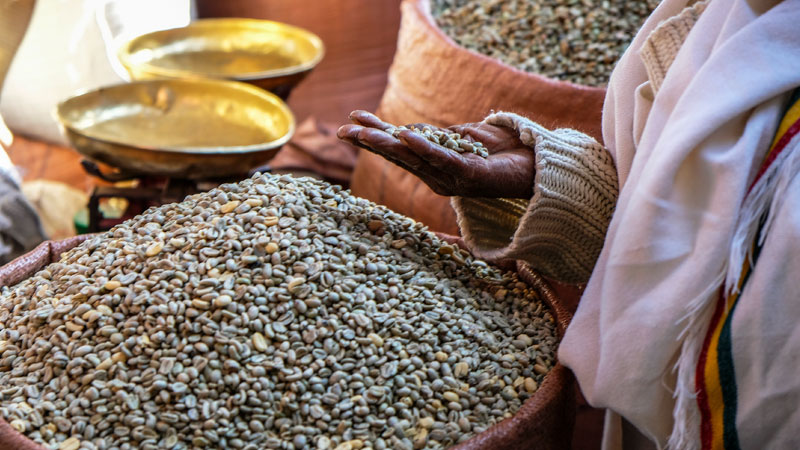
The birthplace of coffee, Ethiopia is home to stunning diversity in coffee varieties, perhaps thousands, many wild and uncataloged. Coffee roasters sometimes label coffee bags for consumers as “heirloom,” indicating the unknown genetic provenance. (Interestingly, Counter Culture took up a project to catalog many of the varieties that Western exporters label as “heirloom.”)
Unlike the rest of Africa, most of which has barely a century of history in coffee production, Ethiopia has been growing, brewing, and exporting coffee for over a millennium. Ethiopia is the fifth-largest coffee producer globally, accounting for 3 percent of the world’s supply and employing 15 million people in the country — amounting to more than a quarter of the working-age population and 60 percent of foreign income.
While most African countries rely on wet (washed) processing, Ethiopia also produces substantial volumes of dry-processed coffees known as “natural” coffees. Dry processing is labor-intensive, but can impart heavy, fruity flavors – blueberry is a common descriptor – braced with citrus-like acidity.
In contrast, Ethiopian washed coffees evoke a cup of tea due to their delicate, floral flavor profile (think bergamot oil in Earl Grey). The differences are not all due to processing, however, as regions such as Sidamo, Yirgacheffe, and Harrar have become storied for their terroir and the individual flavors of their coffees.
Kenya
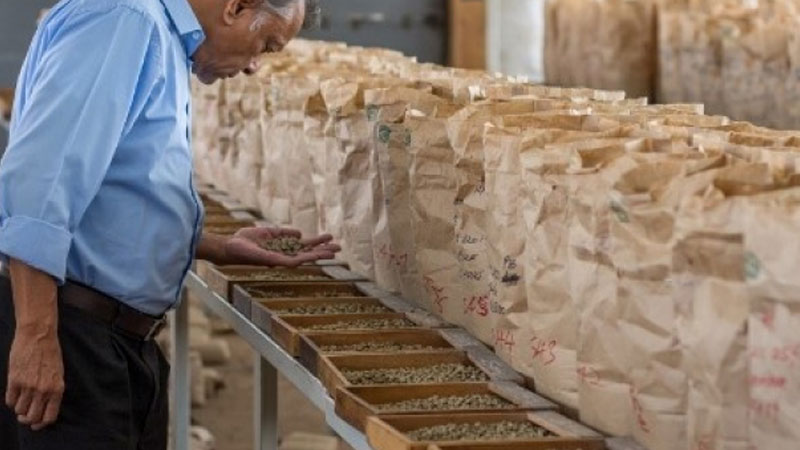
Ethiopia’s southern neighbor, Kenya, employs 6 million in the coffee industry. Unlike Ethiopia, it has a relatively short coffee-production history, dating back to the late 19th century. Nevertheless, the country, whose population is 47.6 million, has developed a reputation for the quality of its specialty-grade coffee, much of which is grown at high elevation around Mount Kenya.
Kenya has traditionally sold production through a relatively transparent auction system that rewards higher- quality lots with higher prices, an unusual but effective platform for the African industry.
Specialty Kenyan coffees tend to have a medium-to-full body, dazzling acidity, and characteristics that have been likened to black currant (think Cabernet Sauvignon), plus tropical flavors, berry notes, and citrus undertones. Its famous cultivars read like codes — SL28 and SL34 (SL denoting Scott Laboratories, the progenitor of the National Agricultural Lab) — that were found to be tolerant of drought, some diseases, and many pests.
Tanzania
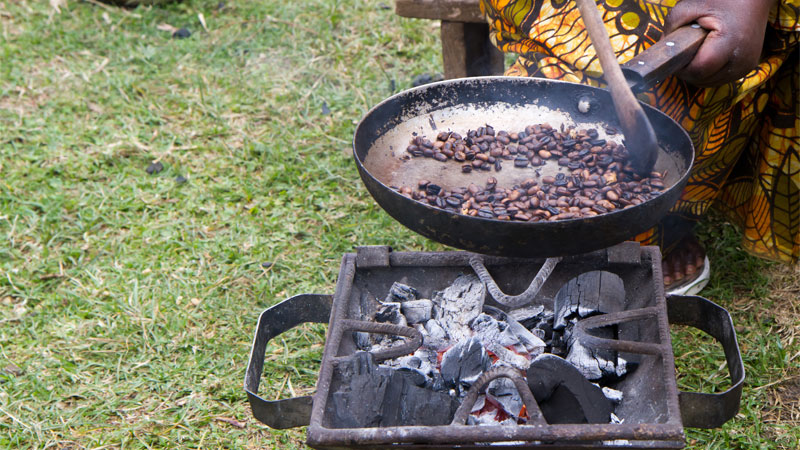
Grown on the slopes of Mount Kilimanjaro, Tanzania specialty coffee has developed a reputation for bright, clean, medium-bodied, and complex cups. Though the Haya tribe is thought to have brought coffee to Tanzania from Ethiopia, commercial coffee cultivation was introduced by German colonists nearly a century ago and today accounts for approximately 20 percent of the country’s export value.
In the U.S., Tanzania has become known for its peaberry. This moniker refers to a coffee cherry that has only one seed instead of the normal two. Occurring in 5 to 10 percent of coffee cherries, peaberry beans are smaller and rounder than regular coffee beans, which have a flat side.
Rwanda
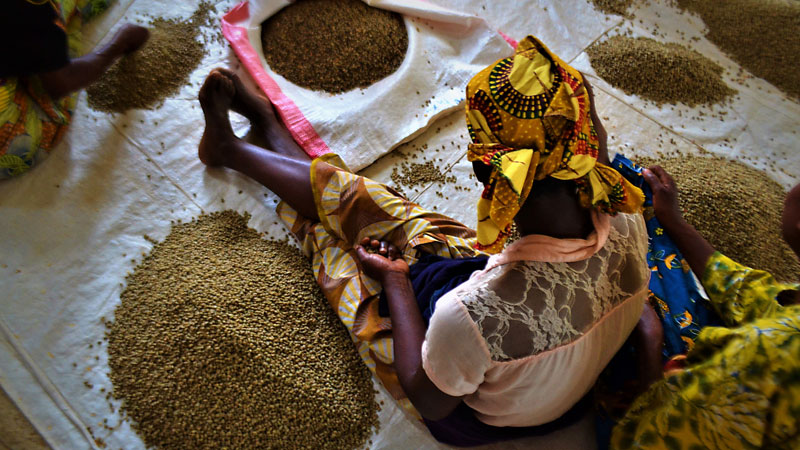
For a country with less than a 20-year history of producing specialty coffee, Rwanda has developed an outsized reputation. Nearly 80 percent of its total production is specialty-grade. Rwandan coffees, typically based on mutations of Bourbon, a coffee variety, tend toward a sweet and full-bodied experience boasting a wide range of flavor profiles, from red fruit notes (apples, grapes) to a distinct floral character. The country’s high elevation (all of Rwanda is 3,000 feet above sea level) produces dense beans. Roasters with experience know to employ sufficiently high temperatures to avoid an overly acidic profile, as well as roast beans long enough to develop a rich mouthfeel.
Burundi
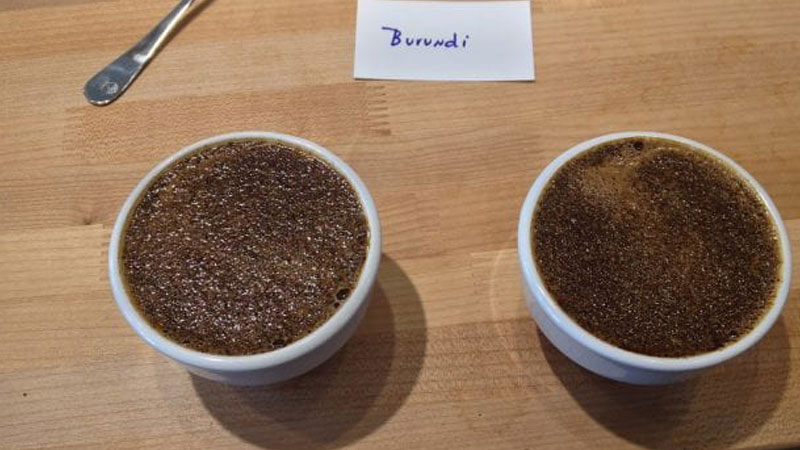
Like its northern neighbor Rwanda, tiny Burundi (the size of Maryland) farms the Bourbon variety on mountainous terrain. Farmers often fully wash seeds, soaking both during fermentation and afterward. The practice promotes a clean taste as the protective mucilage is thoroughly removed. Burundi coffees are known for their sweet fig and berry flavors and juicy acidity.
In the 1990s, civil war devastated Burundi’s coffee industry. Drawing inspiration from Rwanda’s post-conflict coffee success, however, Burundi has made strides and lifted the quality of its coffees — the best examples astonish buyers, earning high scores from specialty coffee graders around the globe.